Mulberry trees are known for their beautiful leaves, which turn a deep yellow in the fall. Many homeowners enjoy watching their mulberry tree change colors each year. If you have a mulberry tree and are noticing that its leaves are starting to turn yellow, there may be a reason why. In this blog post, we will discuss some of the potential causes of yellow leaves on mulberry trees, and how to fix them!
Why Is My Mulberry Tree Turning Yellow?
The leaves of a mulberry tree that are yellow can be caused by incorrect watering, fungal diseases, nutrient deficiencies, lack of sunlight, and environmental stress. The yellowing may look different depending on the cause. If you see yellow leaves on your mulberry tree, it is important to investigate the issue and correct it as soon as possible.
I will go through each of these potential problems one by one so that you can determine what is causing the yellow leaves on your mulberry tree.
1. Incorrect Watering
The mulberry tree grows super-fast, and as a result, it requires a lot of water to stay healthy. If you are not watering your mulberry tree enough, the leaves will start to turn yellow and eventually drop off.
If you think that incorrect watering is the problem, try increasing the amount of water you give your mulberry tree. You should also check to see if the soil is draining properly. If the soil is too compacted or does not have enough drainage, the roots of the mulberry tree will not be able to access the water they need.
To improve drainage, you can add organic matter to the soil, such as compost or peat moss. You can also make sure that the mulberry tree is getting at least an inch of water per week. If you live in an area with a lot of rain, you may not need to water your mulberry tree as often.
Keep in mind that too much water can also be a problem for mulberry trees. If the roots are constantly wet, they will start to rot. Make sure that the soil is draining well and only water your mulberry tree when the top few inches of soil are dry.
If you have been watering your mulberry tree correctly and the leaves are still turning yellow, there may be another problem.
2. Fungal Infections
Mulberry trees are susceptible to a few different types of fungal infections, such as leaf spot and anthracnose. These diseases can cause the leaves of the mulberry tree to turn yellow, brown, or black.
You’ll know if a fungal infection is a problem if you see spots on the leaves or notice that the leaves are starting to curl. If you think your mulberry tree has a fungal infection, it’s important to treat it as soon as possible. The sooner you catch and treat the infection, the better chance your mulberry tree has of recovering.
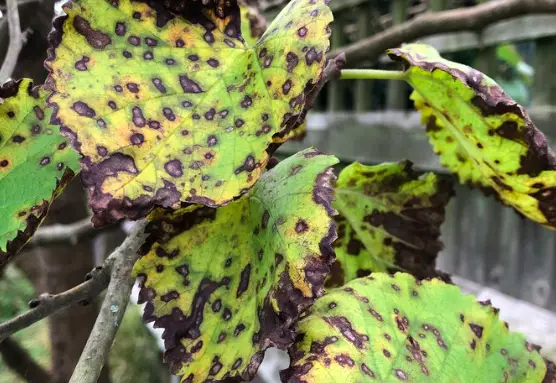
Using a fungicide is the best way to treat a fungal infection. You can apply the fungicide directly to the leaves or use a systemic fungicide, which will be absorbed by the roots and transported throughout the plant.
My favorite anti-fungal treatment is neem oil (Amazon link), which is a natural and effective way to combat fungal infections.
If you have a severe infection, you may need to hire a professional tree service to remove infected leaves and branches. In some cases, the entire tree may need to be removed.
To prevent fungal infections in the future, make sure to plant your mulberry tree in an area with good drainage. Also, keep your garden clean and free of debris. Remove any infected leaves or branches as soon as you see them.
3. Nutrient Deficiencies
Mulberry trees can also suffer from nutrient deficiencies, which can cause the leaves to turn yellow. The most common nutrient deficiency in mulberry trees is nitrogen.
If you think that your mulberry tree has a nutrient deficiency, you should have the soil tested. This will tell you what nutrients are lacking and how much needs to be added. You can then amend the soil with the appropriate fertilizer.
Mulberry trees are heavy feeders and will need to be fertilized several times a year. I recommend using organic fertilizer, such as compost or manure. You can also use a chemical fertilizer, but be sure to follow the directions on the package carefully.
Applying fertilizer to the leaves of the mulberry tree is not recommended. This can burn the leaves and damage the tree. Fertilizer should only be applied to the soil around the base of the tree.
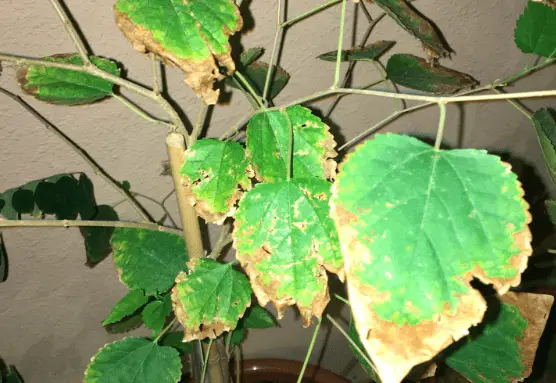
4. Lack of Sunlight
Mulberry trees need full sun to thrive. If your mulberry tree is not getting enough sunlight, the leaves will start to turn yellow. You see, the plant won’t receive the energy it needs to produce food (photosynthesis).
To fix this problem, you’ll need to move your mulberry tree to a sunnier location. Make sure that the new spot gets at least six hours of sunlight per day. If possible, try to find an area where the tree will be protected from strong winds.
Once you’ve moved the tree, be sure to water it well. It’s important to give the roots time to adjust to their new surroundings before fertilizing or pruning the tree.
5. Environmental Stressors
There are a number of environmental stressors that can cause the leaves of a mulberry tree to turn yellow. These include cold temperatures, drought, and flooding.
If your mulberry tree is stressed, you’ll need to take action to improve the conditions. If the problem is drought, make sure to water the tree regularly. If the problem is cold temperatures, you may need to wrap the tree in burlap or apply an anti-desiccant spray.
And if the problem is flooding, you’ll need to improve the drainage around the tree.
It’s also important to protect your mulberry tree from pests and diseases. These can weaken the tree and make it more susceptible to stress. Be sure to check your tree regularly for signs of problems.
If you do see any pests, use neem oil to get rid of them. Neem oil is a natural and effective way to combat pests and diseases. Simply mix the neem oil with water and spray it on the leaves of your tree.
Should I Prune Yellow Mulberry Tree Leaves?
It is not necessary to prune yellow mulberry tree leaves unless they have a fungal infection that is spreading to other parts of the tree. If you do need to prune your tree, be sure to sterilize your pruning tools before using them. This will prevent the spread of disease.
To sterilize your pruning tools, simply dip them in a solution of rubbing alcohol and water. The ratio should be 70% alcohol to 30% water. Let the tools soak for at least five minutes, then dry them off with a clean cloth.
Once you’ve sterilized your tools, you can start pruning the yellow leaves from your mulberry tree. Be sure to cut back any diseased or damaged branches. This will help improve the overall health of the tree.
Will Yellow Mulberry Tree Leaves Turn Green Again?
No, yellow mulberry tree leaves will not turn green again. Once the leaves have turned yellow, they will stay that way until they fall off the tree.
If you want your mulberry tree to be healthy and thrive, you’ll need to take action to improve the conditions. This may include moving the tree to a sunnier location, fertilizing the soil, or pruning the tree. By taking these steps, you can help your mulberry tree to recover and produce healthy green leaves.
Conclusion
In conclusion, yellow mulberry tree leaves are a common problem. There are a number of factors that can cause the leaves to turn yellow, including lack of sunlight, environmental stressors, and pests.
I hope this article has been helpful. If you have any questions or comments, please feel free to leave them below. I will be happy to answer them as best I can. Thanks for reading!
Tim is an avid gardener from the UK. He was the founder of PlantCarer.com from 2021 to Sep 2023. He sold PlantCarer.com to Aaron. He has since started his own business called Seed To Supper, which provides new gardeners all the materials you need in a box (pots, seeds, compost and instructions) to grow your own delicious and nutritious vegetables and herbs from start to finish – no garden required.



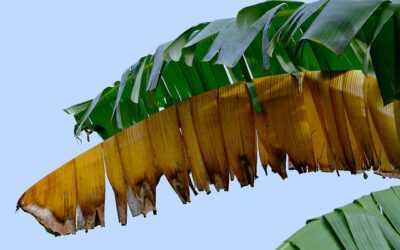

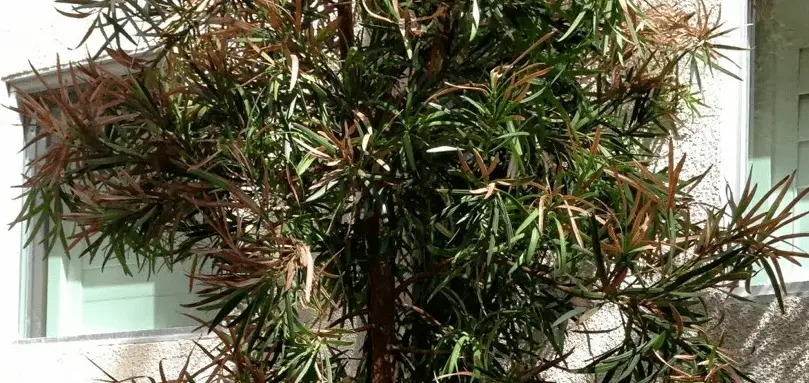
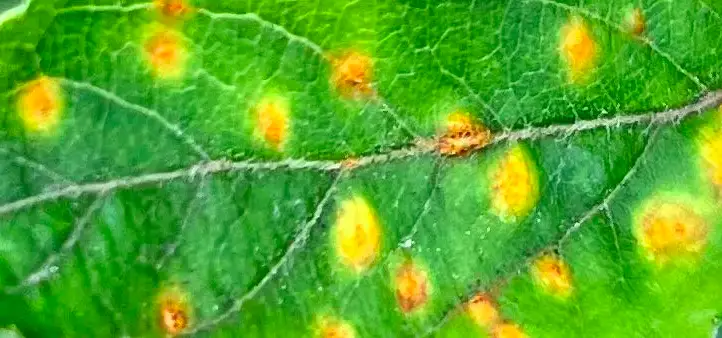
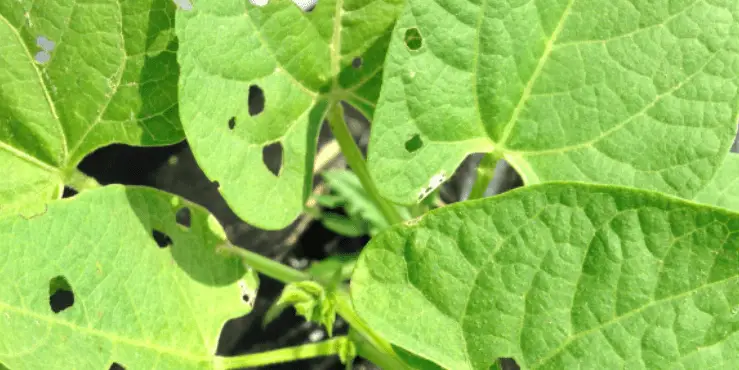

0 Comments